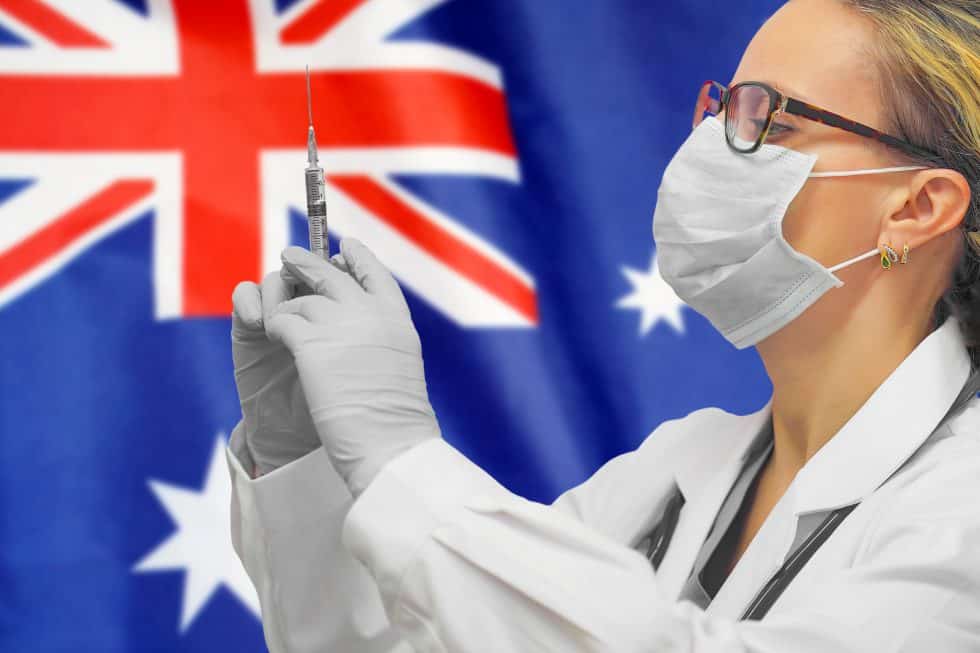Australia’s commercial airlines are operating at a fraction of their pre-COVID-19 capacity but there is growing optimism within the industry as demand for interstate travel increases. Flight Centre data reveals, a 200% increase in bookings to Queensland in the last week of November as domestic border restrictions were to be eased, additionally New Zealand’s Cabinet has agreed in principle to establish a Trans-Tasman travel bubble with Australia in the first quarter of 2021. The travel and tourism industry results have improved meaningfully since February, demonstrating the resiliency of travel when the virus is perceived to be firmly under control.
Other regions of Australia like Victoria have not seen such a spike in travel as of yet. Victorians have probably been the hardest hit by COVID-19, but there is hope. The Victorian Government’s recent $465m Tourism Recovery Package is a welcome boost to businesses and people that have been hard hit by both bushfires and COVID.
These kinds of government stimulus packages will be one piece of the recovery puzzle, for small to mid-size independent hotels, motels and hostels. Another crucial component will be their asset management and tech stacks ability to evolve and adjust during times of both demand surges and market distress. The relaxation of state border restrictions, as well as a historically strong reliance on the domestic travel market, are expected to bode well for the post-COVID-19 recovery of the Australian hotel industry.
If there’s been a silver lining for the hotel industry during the COVID-19 pandemic, it has certainly spurred necessary technological changes as companies continue to migrate more and more of their operations to the cloud and continue to invest in long-term digital transformation. Many hoteliers online seem to be adamant that innovation must be the principal focus if there is to be a healthy future for the sector, despite the pain of the moment.
As with any pricing tactic or revenue plan for a company, the ability to successfully apply a strategy is not determined by knowing what specific outcome will occur; but more so by understanding all possible outcomes that can occur and then assembling an adaptive strategy to achieve optimal performance each step of the way.
Wyatt Niblett-Wilson, Marketing Coordinator

